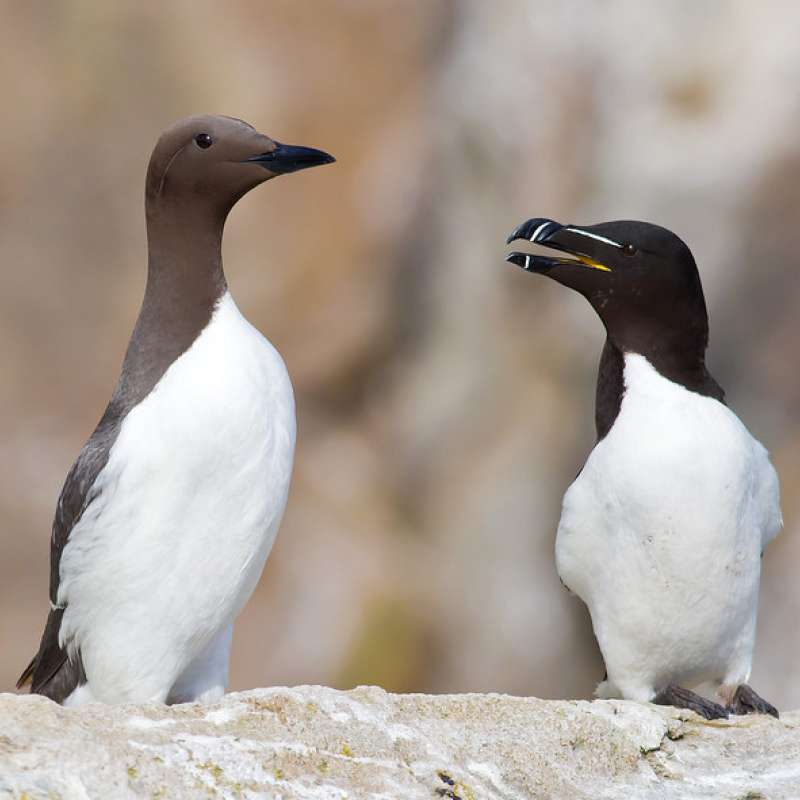Simo Maduna
Forsker
Biografi
Forskningsportefølje
Dr. Simo Njabulo Maduna er en molekylær økolog med ekspertise innen multi- og tverrfaglig forskning som integrere økologi, genetikk, bevaring og reproduksjonsbiologi mot bevaring av biologisk mangfold, genetisk/genomisk overvåking og adaptiv forvaltning av bærekraftige naturressurser. Forskningen hans dekker et bredt spekter av emner (akvakulturgenomikk, genomsamling, landskaps-/sjølandskapsgenomikk, invasjonsøkologi og genomikk, molekylær fylogenetikk, fylogenomikk og eDNA-basert biodiversitetsovervåking) og taxa (chondrichthyans, teleosts, pinnipeds, fugler, bjørner og insekter). Det siste tilskuddet til hans forskningstemaer og studiesystemer er domestisering av dyr og planter, med fokus på epigenomikk av hester og medisinplanter. Hans arbeid tar ikke bare sikte på å forbedre vår forståelse av disse mangfoldige biologiske systemene, men søker også å anvende denne kunnskapen på virkelige utfordringer innen bevaring og ressursforvaltning. Ved å integrere genomiske verktøy med tradisjonelle økologiske tilnærminger, håper han å utvikle innovative strategier som fremmer motstandskraft og bærekraft i både naturlige og domestiserte populasjoner. Dr. Maduna er alltid opptatt av å samarbeide og granske ukjente forskningsprosjekter. Hans lidenskap for oppdagelse fører ofte til at han samarbeider med eksperter fra forskjellige felt, og fremmer en dynamisk utveksling av ideer som kan utløse banebrytende innovasjoner.
Nøkkelkvalifikasjoner:
-
Forskningsprosjektledelse (konseptualisere prosjekter og utvikle finansieringsforslag, koordinere prosjekter med flere samarbeidspartnere og -finansierende byråer, gjennomføre vått laboratoriearbeid, kuratere og analysere data, skrive vitenskapelige publikasjoner, gjennomføre oppsøkende arbeid og administrere finansieringsforslag for fremtidig forskning).
-
Etablere forskningssamarbeid og strategiske partnerskap med offentlige og private interessenter når det gjelder tjenestelevering for naturressursforvaltning og essensielle forskningsprioriteringer for biologisk mangfold innenfor kontekstene klimaendringer, bærekraftig utvikling, EcoHealth/OneHealth og matsikkerhet.
-
Veilede master- og doktorgradsstudenter samtidig som de tilbyr tilpassede seminarer for utvikling av laboratorie- og bioinformatikkferdigheter til et bredere publikum i akademia og industri.
-
Designe, iverksette og administrere genetisk og genomisk eksperimentelt arbeid, genotypiske datasett og tilhørende metadata for populasjonsgenetikk og genomikk, sjølandskap/landskapsgenetikk og genomikk, fylogeneografi, molekylær fylogenetikk og fylogenomikk, DNA strekkoding og metastrekkoding prosjekter.
-
Utvikle og bruke flere molekylære markører (f.eks. mikrosatellitter og SNP-er) for genotypingsplattformer som spenner fra lav til middels gjennomstrømning (ABI 3730xl DNA Analyzer, Real-Time PCR System og Biomark HD).
-
Oppsett av avanserte molekylære teknikker (3RAD, Megastrekkoding, Metastrekkoding, Mitogenomikk, Epitranskriptomikk og DNA-metylomikk) i laboratoriet for DNA-bibliotekforberedelse, størrelsesvalg og High-Throughput sekvensering med Illumina, Ion Torrent, PacBio og Nanopore sekvenseringsplattformer.
-
Utvikle felt- og laboratorieprotokoller for miljø-DNA-basert overvåking av genetisk mangfold innen arter, samfunnsstrukturer, fremmede arter, patogenovervåking og diettanalyse.
Forfattere
Paul Eric Aspholm Carmen Rizzo Gabriella Caruso Giovanna Maimone Luisa Patrolecco Marco Termine Marco Bertolino Stefania Giannarelli Alessandro Ciro Rappazzo Josef Elster Alessio Lena Maria Papale Tanita Pescatore Jasmin Rauseo Rosamaria Soldano Francesca Spataro Maurizio Azzaro Angelina Lo Giudice Hans Geir Eiken Mikkel Meyn Liljegren Simo Maduna Juho Matti Vuolteenaho Cornelya Klutsch Hallvard Jensen Ida Marie Luna Fløystad Ingrid Søvik Ane-Sofie Bednarczyk Hansen Runar Kjær David Kniha Josefine Bergs Vidar Berg Snorre B. HagenSammendrag
Det er ikke registrert sammendrag
Sammendrag
Det er ikke registrert sammendrag
Sammendrag
Det er ikke registrert sammendrag

Divisjon for miljø og naturressurser
Integrating genetic data into the study of the significance of the North Sea and Skagerrak for wintering auks
This project aims to investigate the impact of recent mass mortality events on auk populations around the North Sea by determining the origin of the birds involved. This will be achieved through a genetic analysis of samples of dead guillemots and razorbills washed up in Norway and Denmark in two main mass mortality events, and comparing them with samples from live birds of known origin.

Divisjon for miljø og naturressurser
Interreg-Aurora project: Our Precious Transboundary Waters
The brown trout is a socioeconomically important freshwater fish in both Norway and Finland, where habitat fragmentation, overexploitation, translocations, and stocking have led to nationwide decline especially in populations of large growing, adfluvial brown trout and their genetic integrity. Careful conservation and coordinated, sustainable management of the remaining large growing brown trout populations is crucial. For this purpose, our project focuses on the transboundary Lake Inari-Pasvik River catchment as a bilateral model (reference) system, utilizing and requiring cross-border cooperation between Norway and Finland. We combine information on the genetic status of trout populations in the catchment, introduce new research methods and compare existing stocking programs for providing tools and guidelines to support the knowledge-based conservation and management of adfluvial brown trout populations in Norway and Finland.
